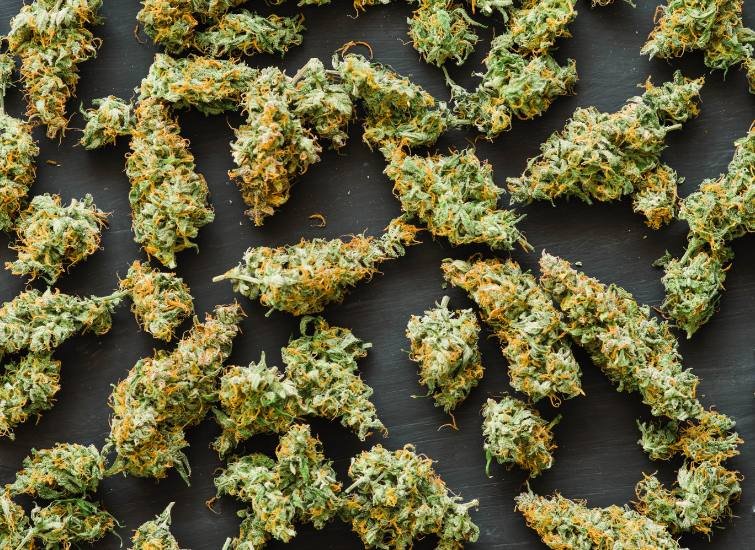Exotic weeds, often referred to as invasive plants, pose a significant threat to natural ecosystems, agriculture, and landscaping. Recognizing these non-native intruders is essential for effective management and control. This article aims to provide an in-depth exploration of what exotic weeds look like and how to identify them.
Understanding Exotic Weeds
Exotic weeds are characterized by their non-native origin and have the potential to outcompete and disrupt local flora. Identifying these invasive plants is crucial for preventing ecological imbalances and preserving the health of ecosystems.
Key Characteristics of Exotic Weeds
1. Unfamiliar Appearance
Exotic weeds typically display distinctive features that differentiate them from native plants. Observing unique leaf shapes, colors, or growth patterns can be key indicators for identification.
2. Rapid Growth
The aggressive growth habits of exotic weeds allow them to establish quickly, outpacing native vegetation and causing imbalances in the ecosystem.
3. Adaptability
Exotic weeds exhibit high adaptability, thriving in various environmental conditions, including different soils and climates.
4. Reproductive Strategies
Understanding the reproductive strategies of exotic weeds is crucial for identification. Some species produce abundant seeds, while others spread through vegetative means such as runners or rhizomes.
5. Lack of Natural Predators
Exotic weeds often lack the natural predators present in their native habitats, enabling them to spread unchecked in new environments.
Identifying Exotic Weeds
1. Use of Field Guides
Field guides specific to your region provide detailed descriptions and images to aid in the accurate identification of exotic weeds.
2. Online Resources
Utilize online platforms, including websites and databases, to cross-reference observations and enhance identification skills.
3. Collaboration with Experts
Seeking assistance from local botanists, agricultural extension offices, or environmental agencies can provide guidance and confirmation of exotic weed identification.
4. Community Involvement
Engaging with local gardening or environmental groups fosters collaboration and information-sharing, contributing to more effective exotic weed management strategies.


